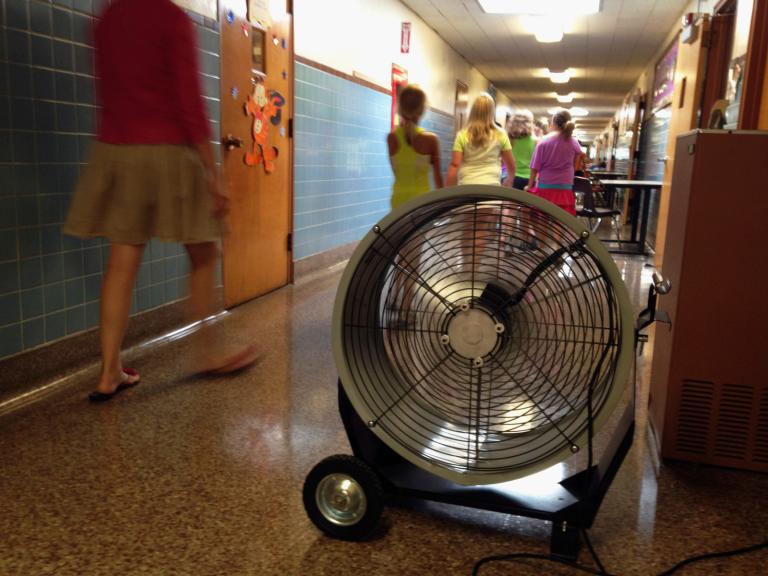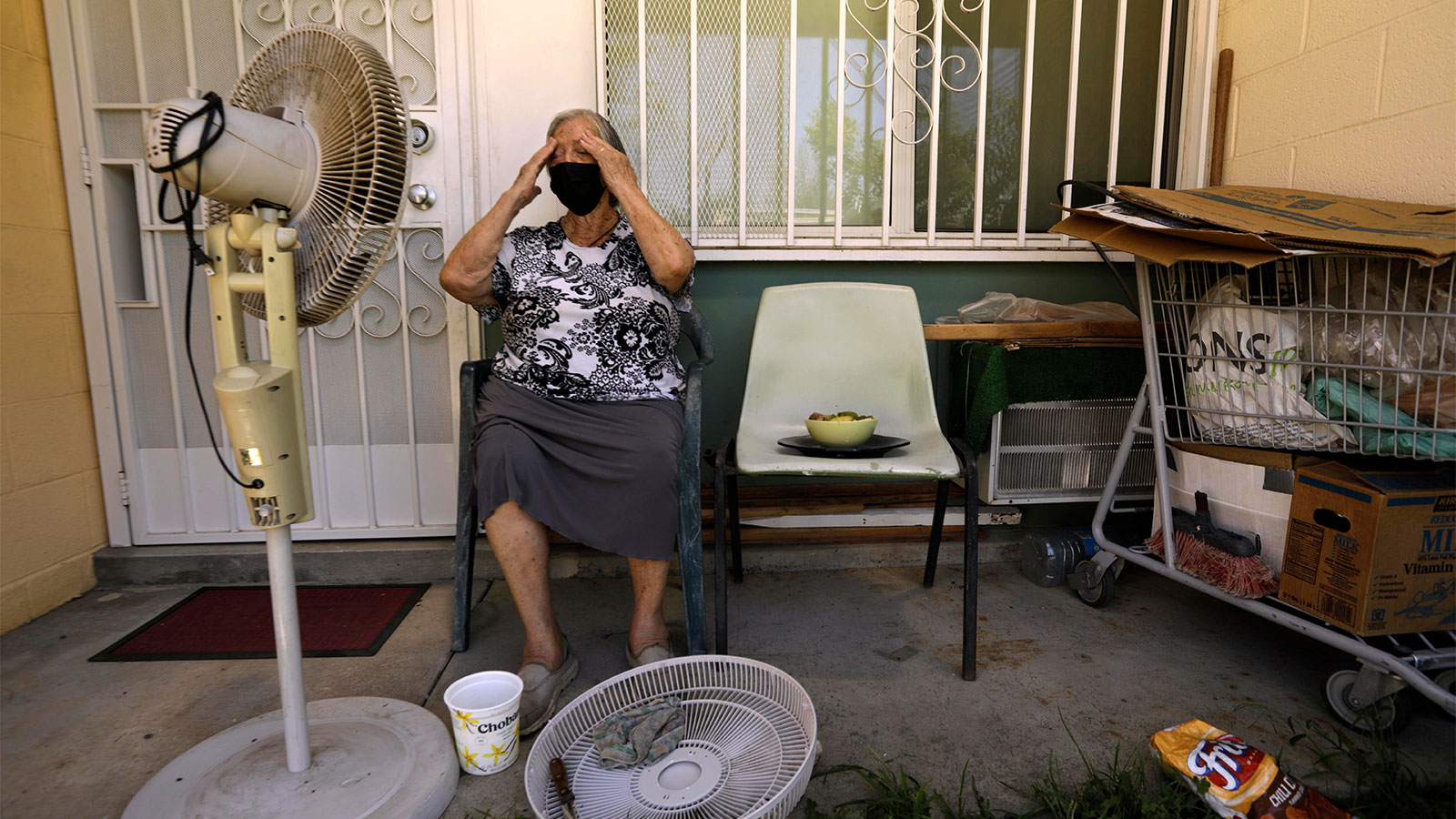Over 20 million households in the US have unpaid electricity bills. But it’s not just inflation that is putting them behind; it’s also our increasingly extreme weather.
Blistering temperatures over the summer led many to keep their air conditioning on longer than they might normally. And now that winter is on the horizon, the cost of heating adds to the stress.
“There’s no relief in sight,” said Mark Wolfe, executive director of the National Energy Assistance Directors Association, or NEADA, which monitors the effectiveness of federal utility assistance programs. “All signs point to another expensive winter.”
And for many of the nation’s struggling families, this means dealing with service shut-offs, deciding whether to “heat or eat,” or continuing to incur debts to utilities that will eventually have to be paid.
Black, Latino, and Indigenous households are the most at risk of having their power cut off. According to a survey on electricity utility equity conducted by Indiana University’s Energy Justice Lab in January, nearly 40 percent of Hispanic households and more than 26 percent of Black households said that they were unable to pay their electricity bill. Twenty-nine percent of Hispanic households and 20 percent of Black households received a disconnection notice, and more than 18 percent of Hispanic households and 13 percent of Black households had their energy service disconnected. Hispanic households were 80 percent more likely than White households to have their service disconnected by a utility provider.
A separate study on water equity by the Pacific Institute found that Black households that receive a utility shutoff warning notice are more than twice as likely to be disconnected as White households receiving a notice. Black households, while making up approximately 14 percent of the nation’s housing stock, nonetheless represented 29 percent of the total disconnections. Native American households were disconnected at the highest rate, at 4 percent, though they only make up 1 percent of the national population.
The impacts of redlining and disinvestment mean that Black and Latino neighborhoods are more likely to have aging and low quality infrastructure, and are more likely to forgo heating or cooling their homes in order to save money for food.
Nearly one in three Americans faced extreme heat advisories and a surge of heat-related emergencies over the summer, forcing many to seek respite outside their homes. Sacramento, California’s capital, opened “cooling centers” in community centers and schools for residents as summer temperatures reached over 95 degrees for days on end. And in the Midwest and East Coast, officials and communities struggled to keep public swimming pools open amid a national lifeguard shortage.
Numerous factors, including inflation, higher energy costs due to the war in Ukraine, and harsher winter weather, have contributed to the increase in unpaid electricity bills. And August utility bills are expected to reflect a dramatic increase in cooling costs.
Two federal programs are aimed at protecting energy insecure populations. The Low Income Home Energy Assistance Program, known as LIHEAP, helps low-income households pay their utility bills, while the Weatherization Assistance Program helps households become more energy efficient, thereby reducing the monthly costs. But the former is chronically underfunded and only serves 20 percent of eligible households.
Beginning in the first months of the pandemic, 34 states offered their residents protection against utility shut-offs; all had expired by the end of 2021.
While 41 states have protections against utility shut-offs during extreme cold weather events, only 18 states have protections against utility shut-offs during a heat wave. Although hot states like Arizona have developed a permanent policy against summer shut-offs after a well-publicized death of an elderly resident in 2018, other hot states like Florida have no heat protections at all.
With the limited scope of nationwide utility assistance, there is growing concern that the millions of households who are behind on their electricity bills will have their utility services cut even as extreme weather conditions become the norm.
Some experts and advocates argue that the most immediate policy that can protect households vulnerable to mounting utility debt is to stop shut-offs entirely during the summer if they’ve missed one or more payments.
“If we’re taking energy as a human right, then that means no more shut-offs,” said Justin Schott, project manager for the Energy Equity Project at the University of Michigan’s School of Environment & Sustainability. “Because we know that, whether that happens in extreme heat or extreme cold, this can lead to death.”
From 2017 to 2021, there were an average of 188 heat-related deaths in the US, up from an average of 81 in the five years before that.
Schott believes that there is no reason why moratoriums on shut-offs should not continue while the government continues to tinker with the electricity affordability and assistance programs.
“I think we saw that it dramatically worked and that states were able to do it,” he said. “So there’s no reason why we can’t continue to do that other than lack of will from regulators and utilities to continue on that path.”
But Mark Wolfe, head of the professional group for energy assistance directors, disagrees. For him, reinstating moratoriums amounts to, “kicking the can down the road.” The real issue, Wolfe argues, is that utility bills are simply becoming too expensive, and states differ widely on their policies to reduce the burden on their residents. “If you delay payment, all you’re doing is building up an outstanding bill that has to be addressed at some point in the future,” he said.



